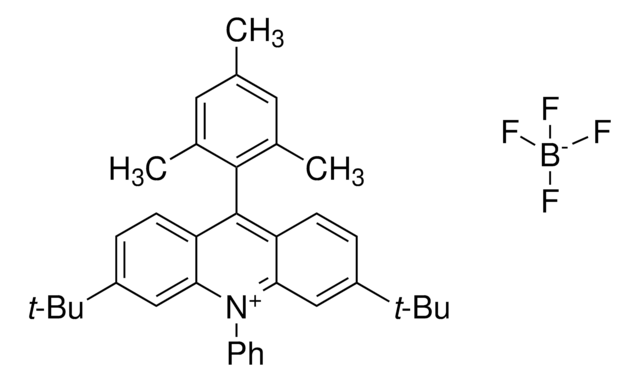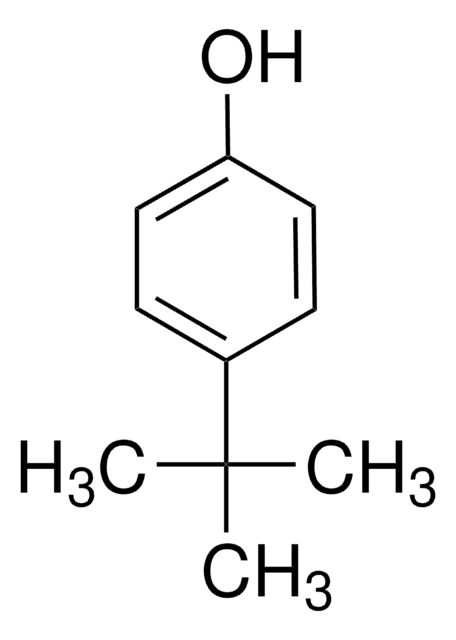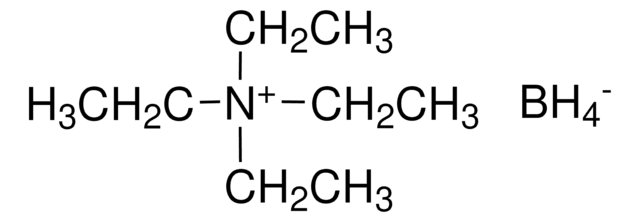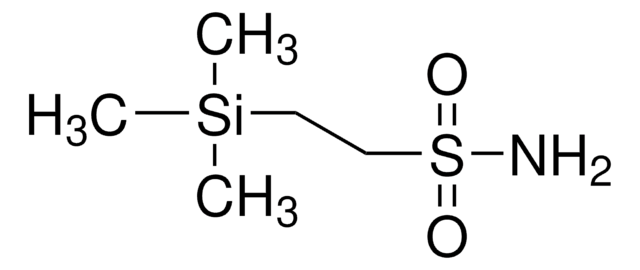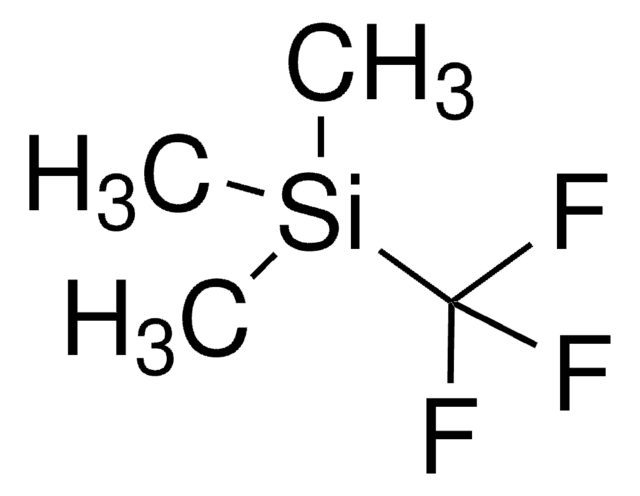230170
Tetrabutylammonium borohydride
98%
Synonym(s):
Tetra-n-butylammonium tetrahydridoborate
Sign Into View Organizational & Contract Pricing
All Photos(2)
About This Item
Linear Formula:
(CH3CH2CH2CH2)4N(BH4)
CAS Number:
Molecular Weight:
257.31
Beilstein:
4212332
EC Number:
MDL number:
UNSPSC Code:
12352107
PubChem Substance ID:
NACRES:
NA.22
Recommended Products
Quality Level
Assay
98%
form
solid
reaction suitability
reagent type: reductant
mp
124-128 °C (lit.)
SMILES string
[BH4-].CCCC[N+](CCCC)(CCCC)CCCC
InChI
1S/C16H36N.BH4/c1-5-9-13-17(14-10-6-2,15-11-7-3)16-12-8-4;/h5-16H2,1-4H3;1H4/q+1;-1
InChI key
GMBOFJFPOCGSOI-UHFFFAOYSA-N
Looking for similar products? Visit Product Comparison Guide
General description
Tetrabutylammonium borohydride is used for the reduction of carboxylic acids, aldehydes, and ketones.
Application
Selective reducing agent for β-ketoamides, β-ketoesters, and carbohydrate derivatives.
Signal Word
Danger
Hazard Statements
Precautionary Statements
Hazard Classifications
Skin Corr. 1B - Water-react 2
Storage Class Code
4.3 - Hazardous materials which set free flammable gases upon contact with water
WGK
WGK 3
Personal Protective Equipment
dust mask type N95 (US), Eyeshields, Gloves
Choose from one of the most recent versions:
Already Own This Product?
Find documentation for the products that you have recently purchased in the Document Library.
Tetrahedron, 49, 11169-11169 (1993)
Abderrahman Atifi et al.
Chemistry (Weinheim an der Bergstrasse, Germany), 23(53), 13076-13086 (2017-07-26)
The solvent environment around iron porphyrin complexes was examined using mixed molecular/RTIL (room temperature ionic liquid) solutions. The formation of nanodomains in these solutions provides different solvation environments for substrates that could have significant impact on their chemical reactivity. Iron
Chemistry Letters (Jpn), 1469-1469 (1992)
Matthew N McCarroll et al.
Nature communications, 10(1), 4078-4078 (2019-09-11)
Anesthetics are generally associated with sedation, but some anesthetics can also increase brain and motor activity-a phenomenon known as paradoxical excitation. Previous studies have identified GABAA receptors as the primary targets of most anesthetic drugs, but how these compounds produce
Nahla A Abdelshafi et al.
Talanta, 165, 619-624 (2017-02-06)
This study focused on quantitative detection of cocaine on Euro banknotes in Germany. A sensitive direct competitive immunoassay was developed and optimized with a limit of detection (LOD) of 5.6ng/L. Exhaustive cocaine extraction by solvent was tested using different methanol
Our team of scientists has experience in all areas of research including Life Science, Material Science, Chemical Synthesis, Chromatography, Analytical and many others.
Contact Technical Service
